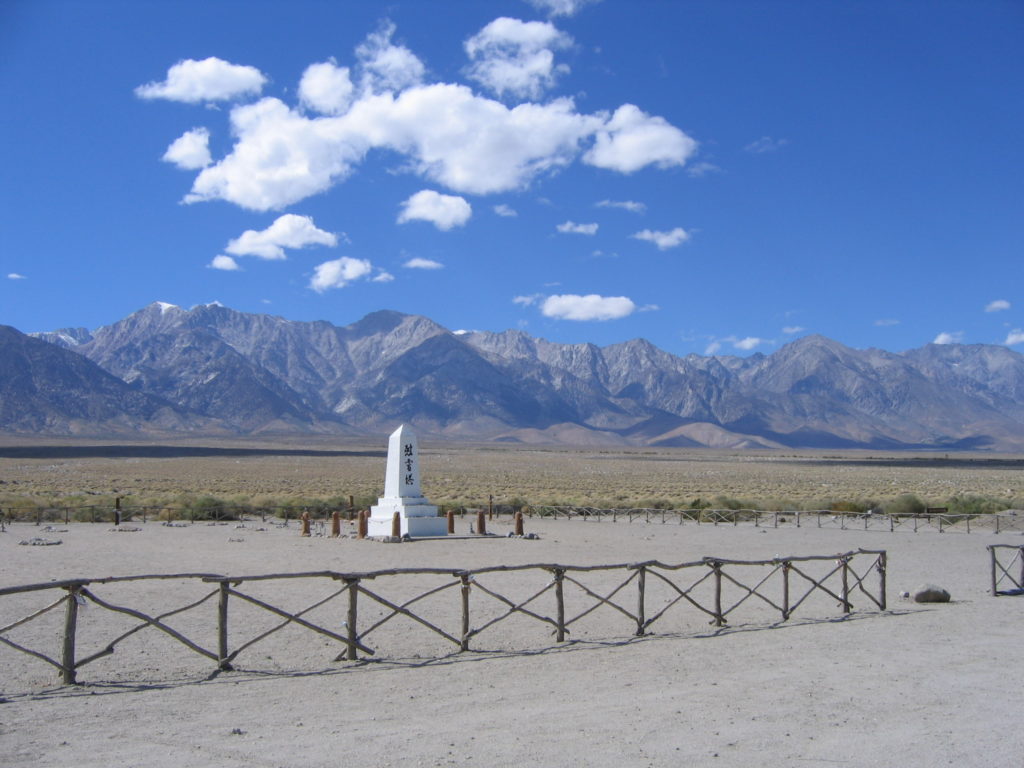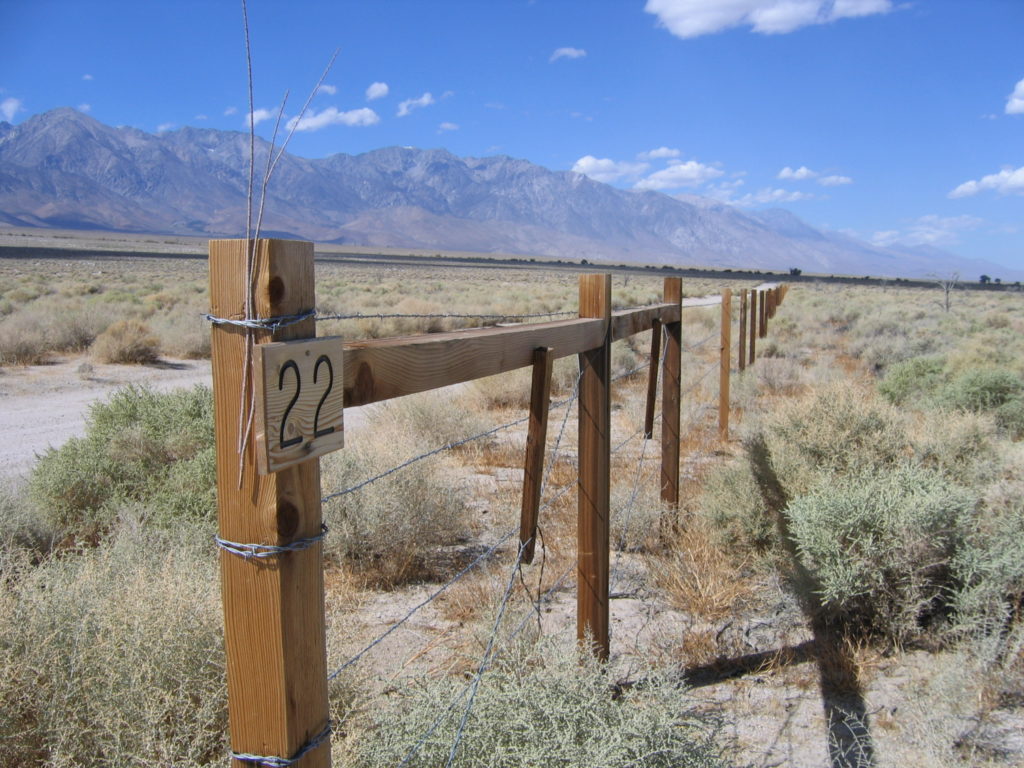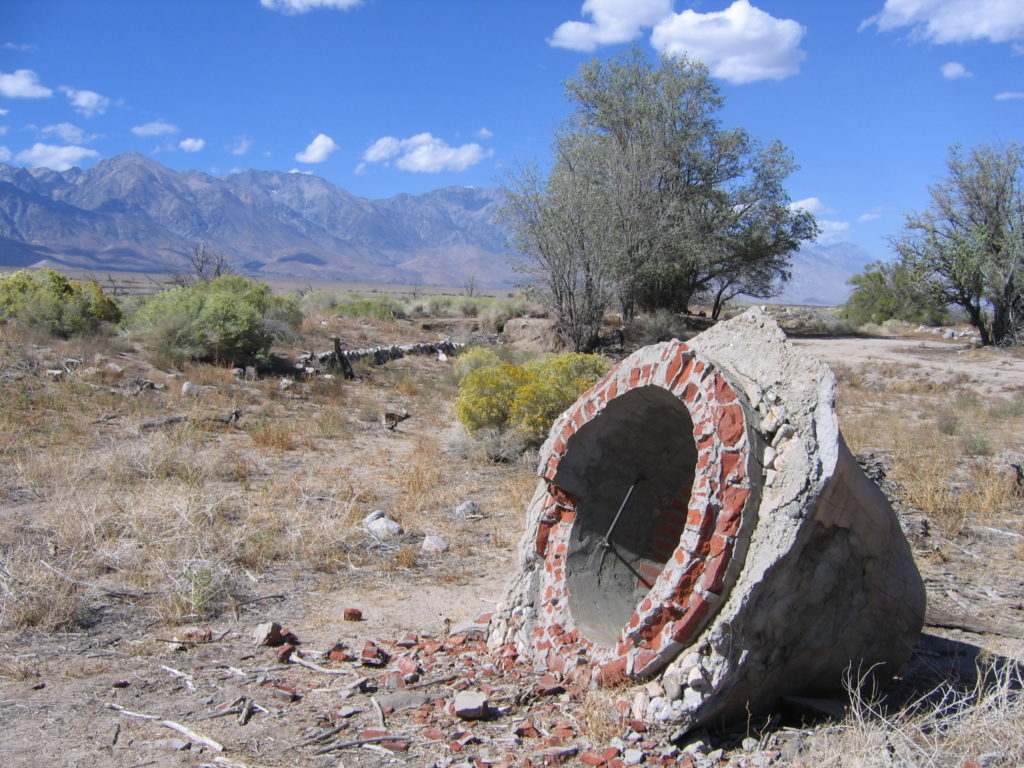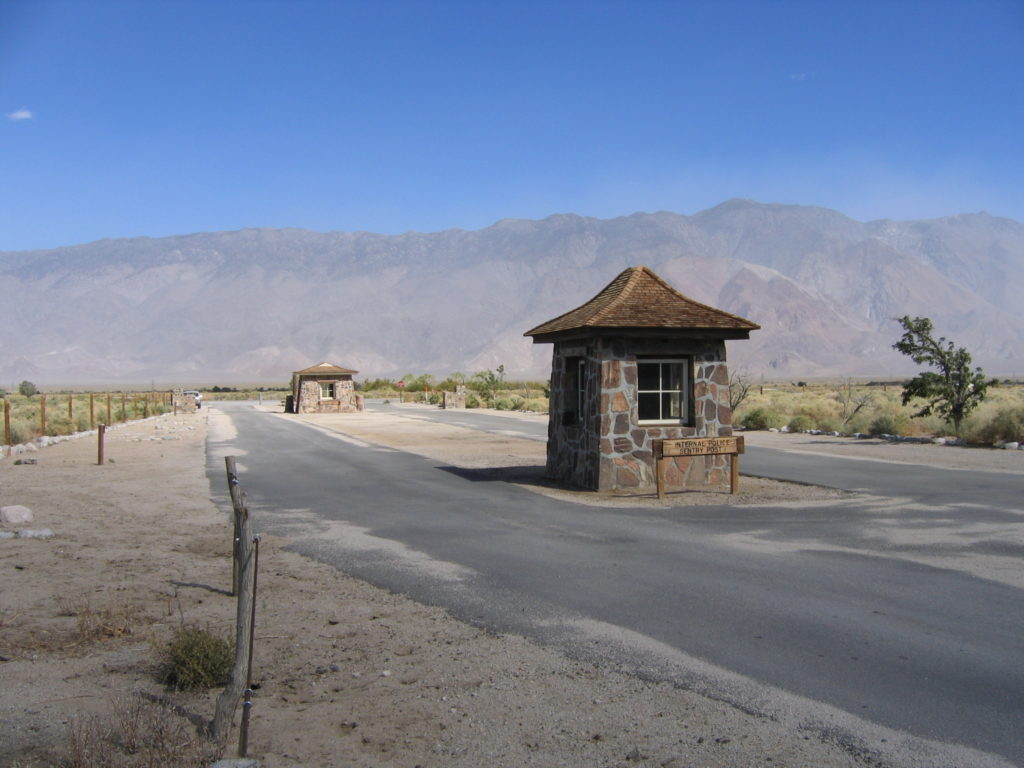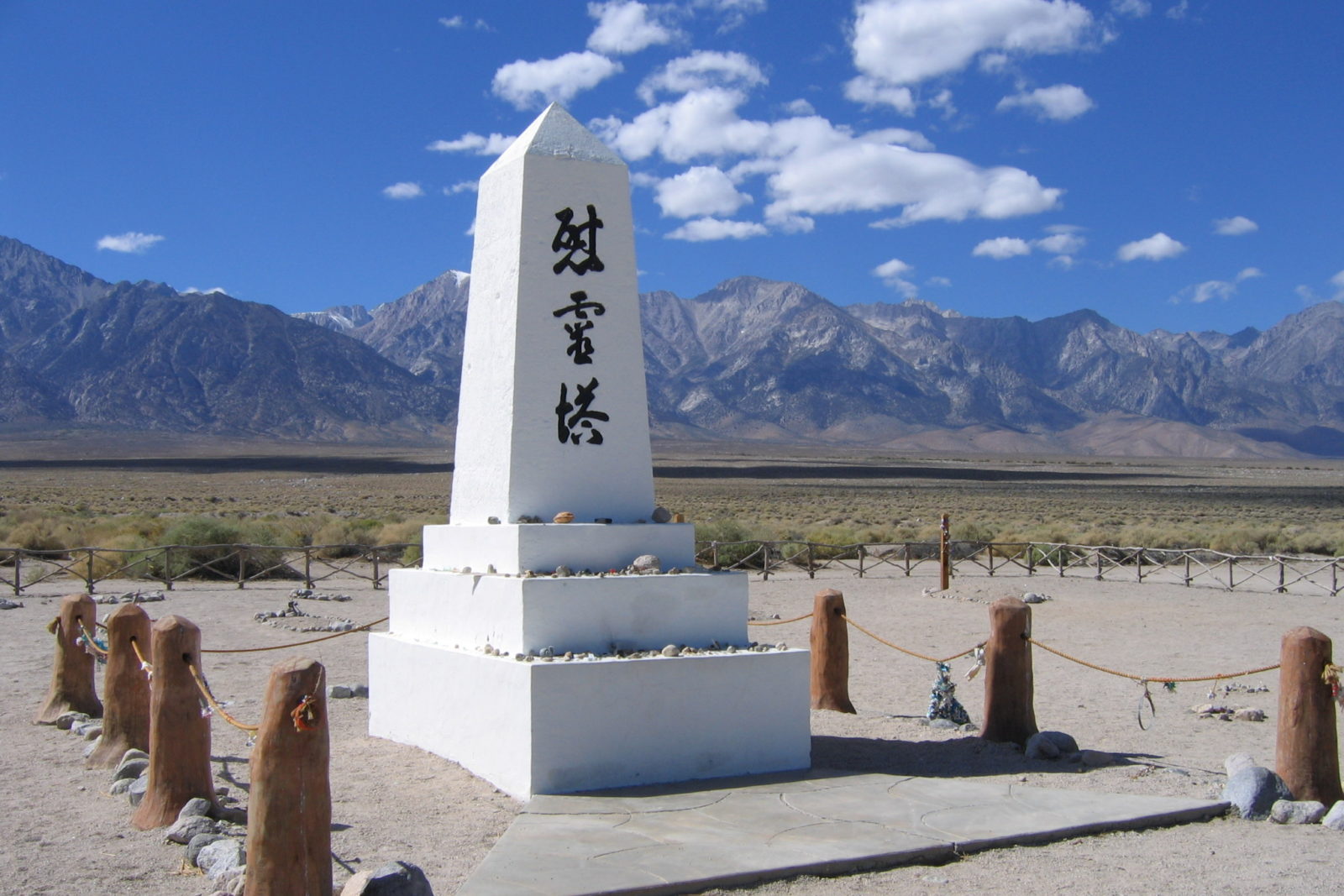In the late summer of 1941, when war clouds were looming with Japan following a U.S. imposed oil and scrap metal embargo on the island nation, the Roosevelt administration directed the War Department to undertake a study of the feasibility and necessity of a removal and internment of Japanese-American citizens along the west coast if war were to occur. These concerns were ostensibly over potential fifth column activities, despite the fact the tens of thousands of affected individuals and communities in question were made up of U.S. citizens, many of whom were also American by birth.
The War Department dutifully presented their findings to Roosevelt in Nov. 1941, a matter of weeks before the Pearl Harbor attack on Dec. 7th, and determined that an internment of Japanese-Americans along the west coast was not only a wasteful, unnecessary step, but a desecration of the nation’s most basic, fundamental rights in the worst way possible. In particular, the War Department’s report focused on what were expected to be thousands upon thousands of civil rights suits brought against the federal government that would take years to work their way through the courts. Which is exactly what happened.
Nevertheless, when war came, one of the loudest voices calling for an internment of Japanese-Americans was none other than California Attorney General Earl Warren, who was elected governor that fall in the 1942 midterms and later became Chief Justice of the U.S. Supreme Court, ushering in what became the court’s most progressive era from 1953 to 1969. Warren also became the chair and namesake of the federal commission that investigated the 1963 assassination of President Kennedy.
Under pressure from the governors of California, Oregon, and Washington, the Roosevelt administration buckled and issued Executive Order 9066 on Feb. 19th, 1942 – 80 years ago today – completely disregarding the War Department’s earlier recommendations. This began a process that ultimately, and cruelly, expelled 120,000 Americans from their homes, sending thousands of families to unheated, tar-paper, machine-gun guarded concentration camps located hundreds and even thousands of miles away from their homes and property, from Idaho to Arkansas.
One of the most notable resistors to Executive Order 9066 was Oakland resident Fred Korematsu, who challenged his internment orders to the Central Utah War Relocation Center and went into hiding in the East Bay that spring. He was later arrested and detained at the Presidio in San Francisco, and while his case against the federal government was eventually appealed and heard by the Supreme Court in 1944, the high court found in favor of the federal government. Korematsu was later sent to join his family in internment in Topaz, Utah, where he was unceremoniously placed in a horse stall with a single light bulb. Korematsu’s conviction for “evading internment” was eventually overturned by a U.S. District Court in 1983.
Manzanar, though comparatively closer to population centers in Southern California despite being located in the windswept, arid Owens Valley at the base of the Sierra Nevada range, became the destination for the entire Japanese-American community of Bainbridge Island, located in Puget Sound near Seattle, where the National Park Service recently opened a satellite facility of Manzanar National Historic Site commemorating the calamity of the Japanese-American internment from 1942-46.
As a sidebar, it’s worth noting that Executive Order 9066 was issued four days before, not after, the bombardment of the Ellwood Oil Field near Santa Barbara on Feb. 23rd, 1942, when the Japanese submarine I-17 fired on the facility for about 20 minutes, causing minor damage. The war nerves that resulted from that attack, however, sent Los Angeles into a panic the following night, when a weather balloon was mistaken by nervous anti-aircraft batteries as an attacking force from Japan. Air raid sirens sounded throughout the night while the 37th Coast Artillery Brigade, tasked with the aerial defense of L.A., fired .50-caliber machine gun rounds and over 1,400 12-pound anti-aircraft shells at reported “aircraft.” Five people were killed on the ground around L.A. as a result of the “air raid” before the all-clear was sounded the next morning.
Despite the incarceration of an entire population, many of those interned at Manzanar and the many other Japanese-American internment camps nevertheless volunteered for service, and became part of the Nisei 442nd Infantry Regiment, which suffered horrendous casualties during the Italian campaign in 1944-45 on its way to becoming the most decorated unit in U.S. military history. Nisei, or native-born Japanese-Americans, also made up the 522nd Field Artillery Battalion, which provided fire support during the advance up the Rhone Valley from the Operation Dragoon landing sites in southern France in the summer of 1944, and helped liberate the Dachau network of concentration camps around Munich in 1945.
The photos here are from my first visit to Manzanar in 2005, before the National Park Service built the current visitor facility in use today.
Let’s make sure nothing like this ever happens again.
